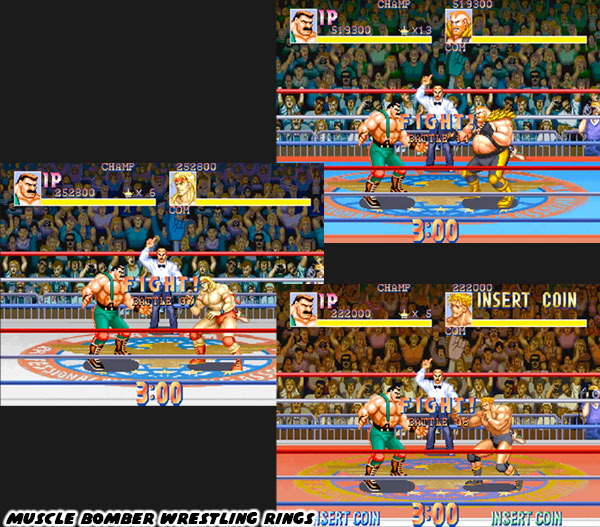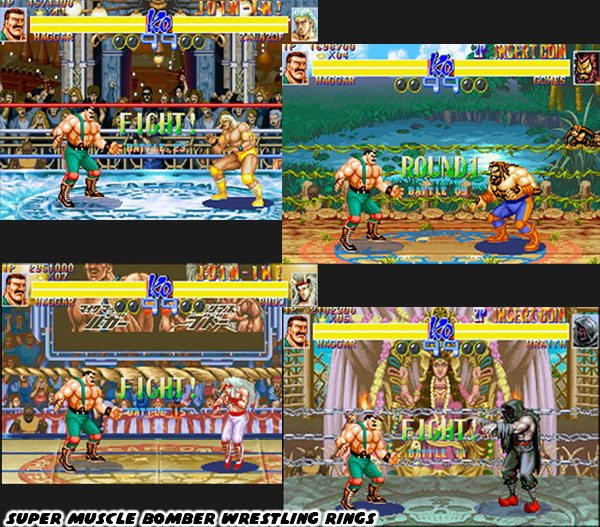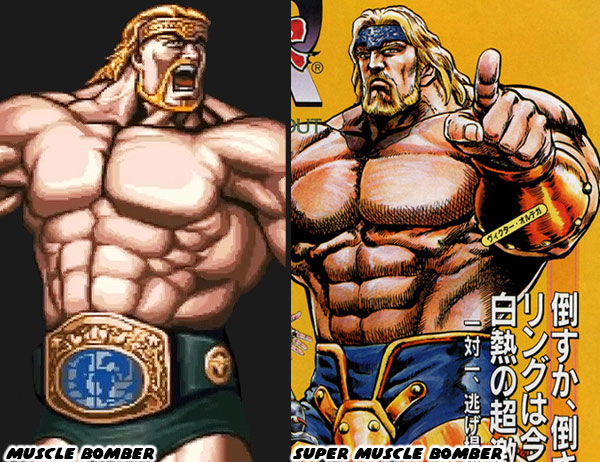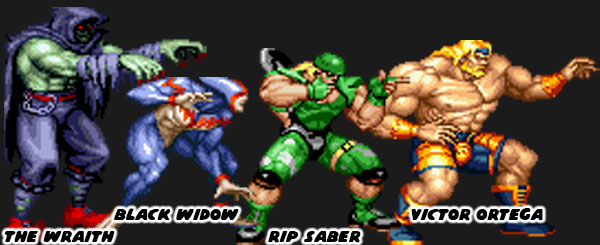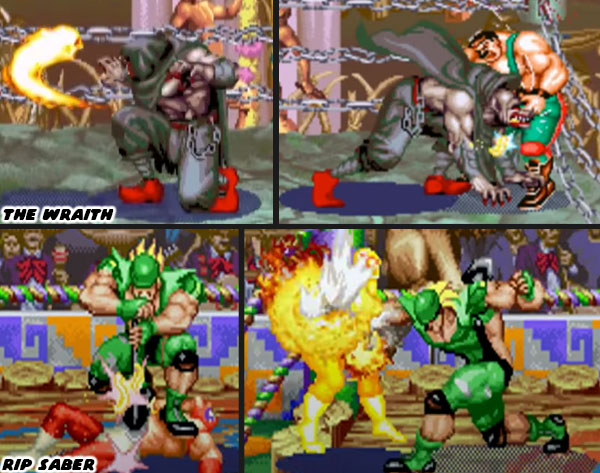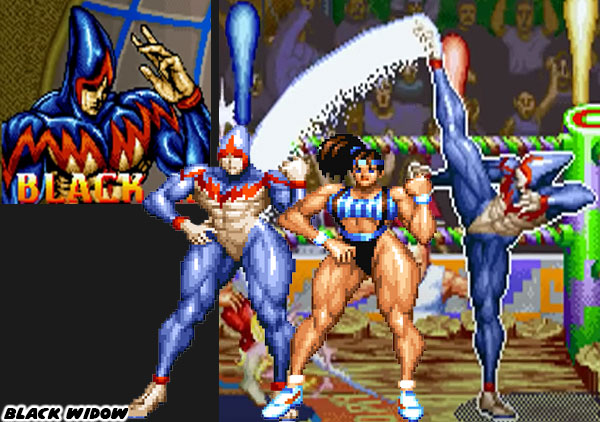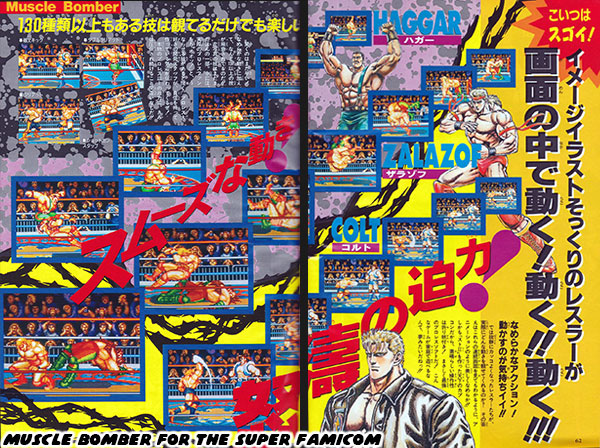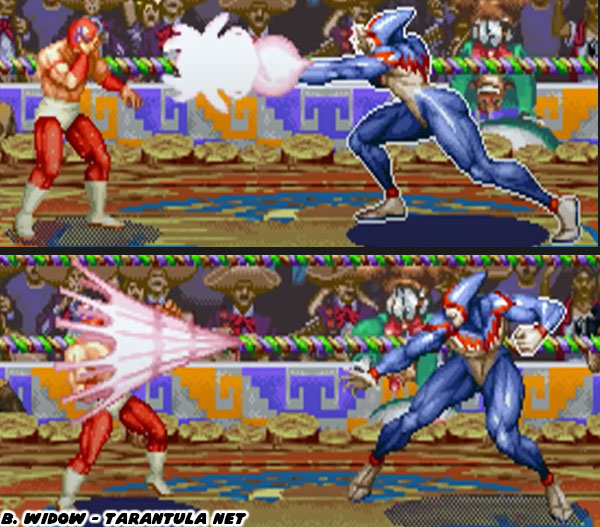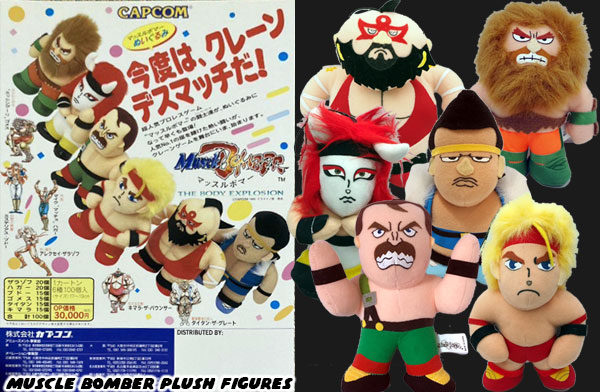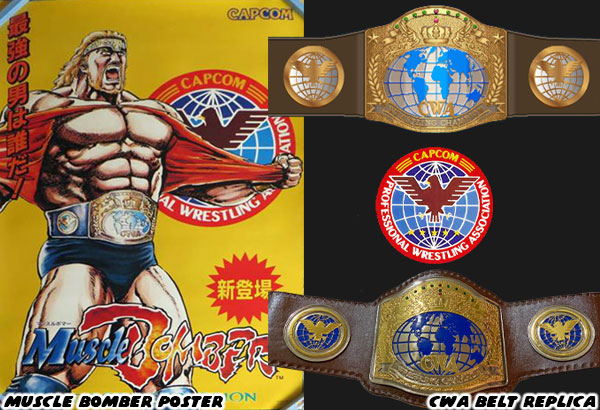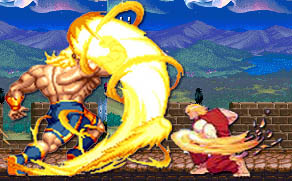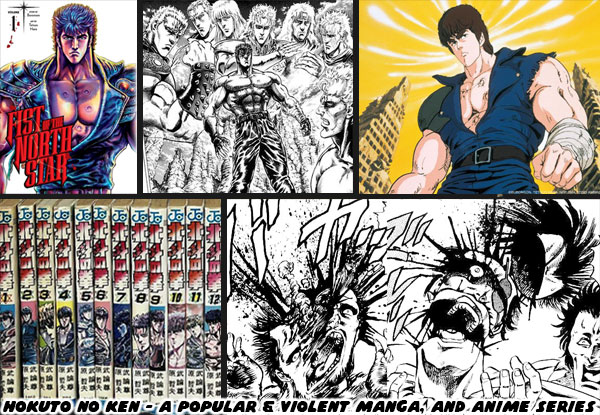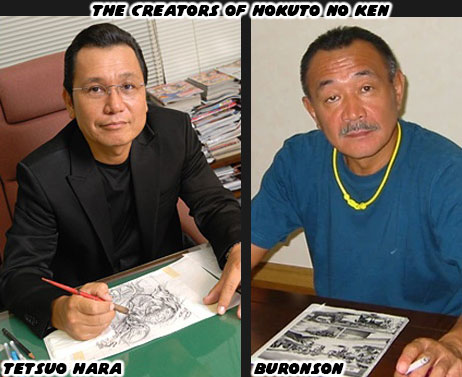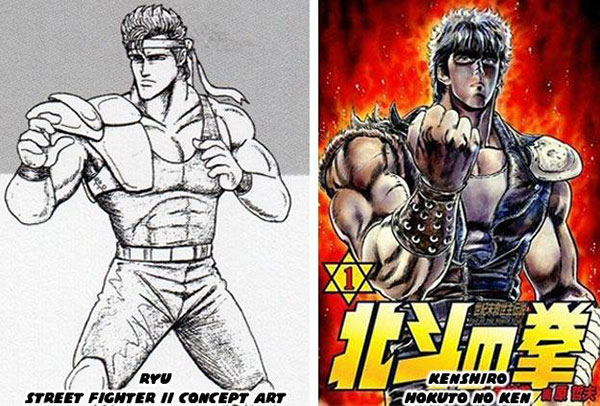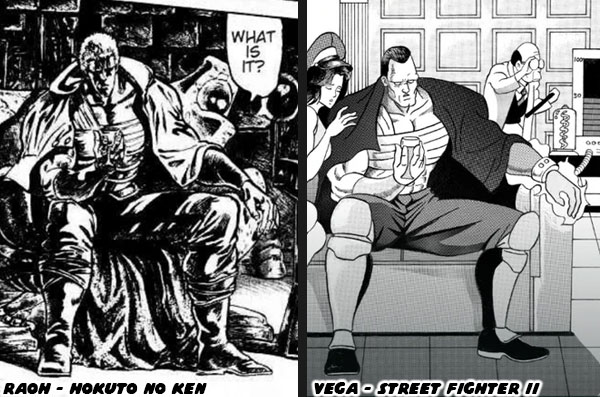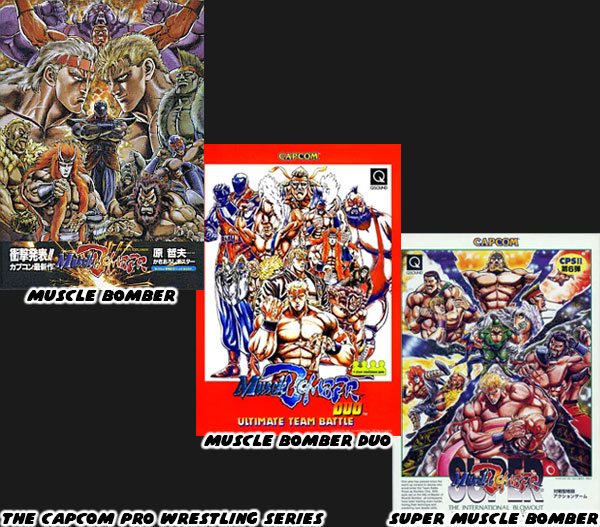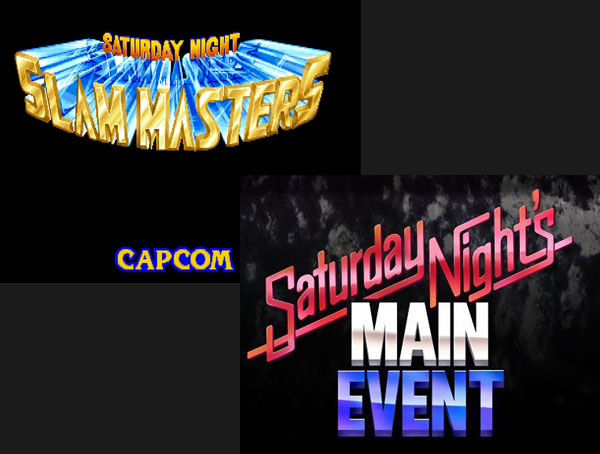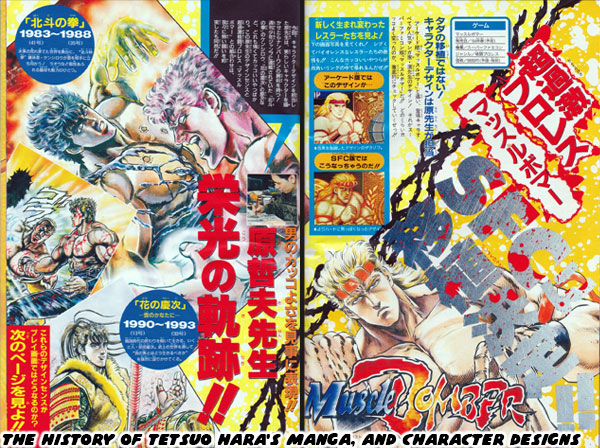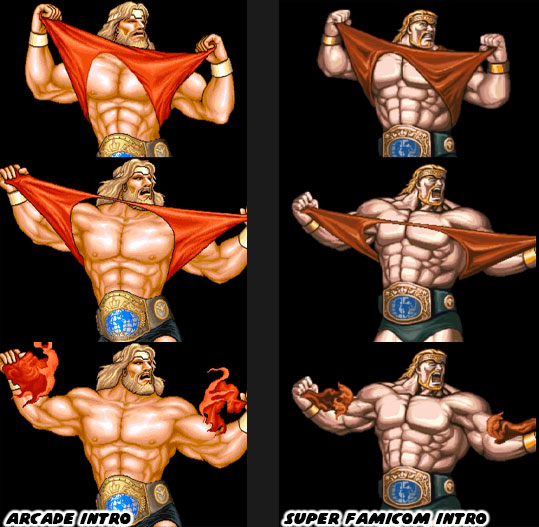Through most of the ‘80s, and ‘90s there were many gaming magazines in Japan covering all of the latest releases. Famitsu was among the biggest covering the entire industry. Then there were the magazines that focused on specific consoles, like the Famicom / Nintendo Entertainment System, Mega Drive / Sega Genesis, Playstation, etc. These magazines often featured interviews with the developers, in addition to previews, and reviews of the latest releases. One of my favorite magazines was Gamest. It was focused on the arcade industry. The best part of the magazine was how it did deep dives on each game, and would write detailed strategy guides. These magazine-type guides were called Mooks, for magazine-books. Gamest also had a monthly manga series where many of the fighting games were serialized. These were among the earliest places where fans could find out the canon of their favorite games. Not every game got an official guide for the arcade, and even less had its story fleshed out, and universe explained.
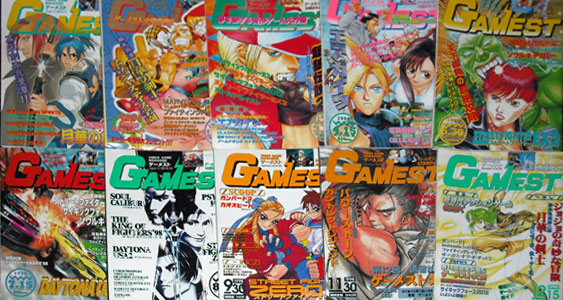
I was able to pick up a lot of material on fighting games from the local import bookstores in the early ‘90s. I was a fan of Hokuto no Ken, and was fascinated with Tetsuo Hara’s design work for Muscle Bomber. Especially since it was an extension of
Final Fight, and Street Fighter, which were highly influential to me. Unfortunately it was hard to find any information about the game when it was in arcades. As far as I know there was never an arcade guide published, however when it came to the home consoles I managed to hit the jackpot. Various publishers in Japan would cover console guides. Sometimes there would be small guides, or previews in their magazines. Shonen Jump (Boy’s Jump) comics had a video game journal called V-Jump. It mostly covered home releases. I was thankful to have been at the right place, at the right time. I was visiting the Japanese bookstore in Little Tokyo with my friends, and brothers in the ‘90s when I spotted a gem. V-Jump was previewing Muscle Bomber for the Super Famicom, and covering the various changes between the arcade, and home versions. Shortly after they published a formal guide where they revealed the entire story. I managed to pick both up on sale, and held onto them for the next 30 years.
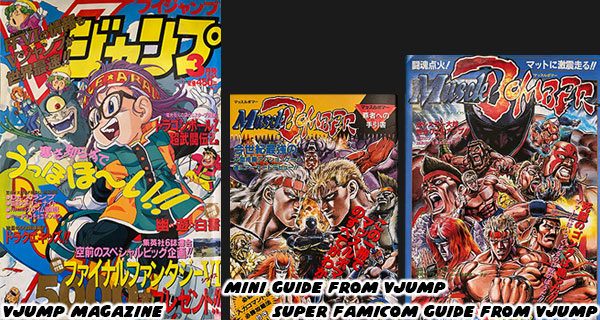
Final Fight had a very specific set of heroes, villains, and story. It would be canonized over several games by Capcom. Street Fighter by comparison had a more open-ended interpretation. Which characters actually fought against each other? Which ones had crossed paths, who were friends, or enemies? These things were explored in various game endings, manga, anime, and comic books. Some stories from Japan contradicted other stories from China, or the USA. This made a definitive timeline of events hard to agree on. Muscle Bomber on the other hand actually had an entire mythos planned out. It all started many years ago. There was a merger between various wrestling organizations, and the Capcom Wrestling Association (CWA) was born. The very first champion was Victor Ortega. The massive wrestler steamrolled his opponents. Once he ran out of competition he simply disappeared.
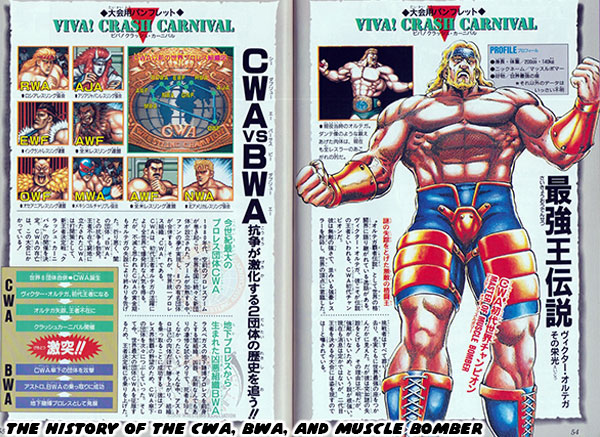
With Ortega out of the picture there was a power vacuum between the different organizations. To make things worse there was a rival group called the Blood Wrestling Association (BWA) that was trying to take over the sport. This group was founded by illegal gambling outfits. Leadership of the BWA was assumed by a masked wrestler called Astro. He was literally from parts unknown. He knew various forms of marital arts, his body glowed with electricity, and no one knew his true identity. He was arguably the coolest wrestler ever featured in the SF universe. His number two was the massive Kimala the Bouncer. The 440 lb. bruiser loved nothing more than making his opponents bleed. The duo had entered themselves into what was called the Crash Carnival.
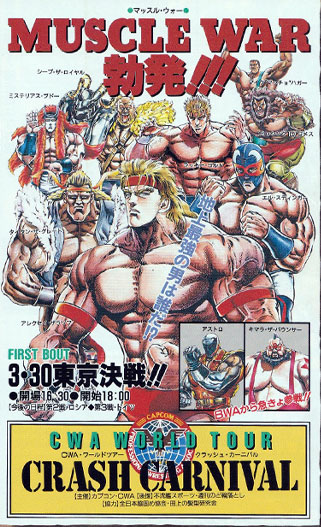
It was decided that each league would send their best representative in order to determine who would become the new CWA champion. There were fighters from around the world; El Stinger from the MWA - Mexican Lucha Libre Association, the Mysterious Budo from the AJA - Asia Japan Wrestling Association, Missing “IQ” Gomez from the AWF - American Wrestling Federation (Dominican Republic / Santo Domingo), Lucky Colt from the NWA - North American Wrestling Association. As well as Kimala who I just mentioned. You can imagine that each person fought their way to the top of the ladder in their native country. Who knows how many other memorable characters were waiting in their various organizations, or if Capcom was ever planning on featuring them?
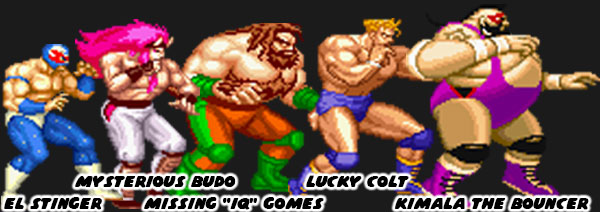
Then there was Aleksey Zalazof from the RWA - Russian Wrestling Association, the sadistic Sheep the Royal from the OWF - Oceana Wrestling Federation, our favorite mayor Mike “Macho” Haggar from the AWF - American Wrestling Federation, Titan the Great from the EWF - England Wrestling Federation, and Astro the champion from the BWA. There were a lot of different personalities on display. Tetsuo Hara created a good cross section of the different wrestling archetypes. There were brawlers, technical performers, high flyers, hardcore, and submission experts in the lineup. It was up to the players to learn the nuances between each of the characters.
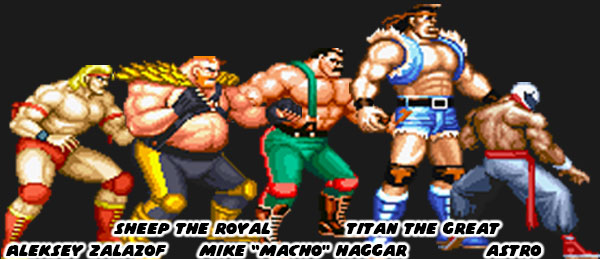
Matches observed the traditional rules of pro wrestling. The majority of the fighting took place within the confines of the ring. Players however could roll under the ropes, and take the action to the outside. There they could make use of foreign objects. A match could be won by a three-count pin, submission, or if the opponent was counted out of the ring. There was a referee in the matches, the highly respected Harry Hicks. Harry would be traveling the globe with the finalists of the tournament, and help crown the new CWA champion. He wasn’t the only supporting member of the Crash Carnival. Mike Haggar was accompanied by his daughter Jessica who had been nicknamed the Pretty Doll. We had last seen her in Final Fight, when she was rescued by Mike, Cody, and Guy. The other valet was a bit unusual, a cute monkey named Freak. Missing “IQ” Gomez (relabeled King Rasta Mon in the US) was a wild man that lived in the jungles of Santo Domingo. He had a short fuze, and was known for freaking out in the ring. His wild nature served him well. He lived with the apes, and one in particular named Freak was like a brother to him. It turned out that Freak was a genius, he had an IQ of over 200, and could understand most languages. He helped Gomez come up with strategies against his opponents. All of this was explained in the official Crash Carnival program.

Muscle Bomber introduced a number of elements into the Capcom fighters that would be expanded upon in future games. Since the birth of the genre a character would typically appear on each stage, and start fighting once prompted. They might walk in from off camera, sometimes there was a ref, sometimes there wasn’t. Most titles from Capcom, and their contemporaries started the action in a similar fashion. The Crash Carnival was treated like an actual wrestling show. Before each match we had the rivals talk about what they were going to do to their opponent. Then we saw a ring entrance, reminiscent of the biggest promotions. There were pyrotechnics going off, fireworks, smoke, and lasers lights flashing as the wrestlers walked out of the backstage area. After the match the crowd would go wild. If you were playing as Mike Haggar sometimes Jessica would run into the ring, and celebrate with her father. We even had commentary from the victor, and loser. Again these things were very similar to what was shown in actual wrestling shows. These special intros, and animations predated the elements that would appear in Street Fighter’s IV, V, and 6 by years, if not decades.
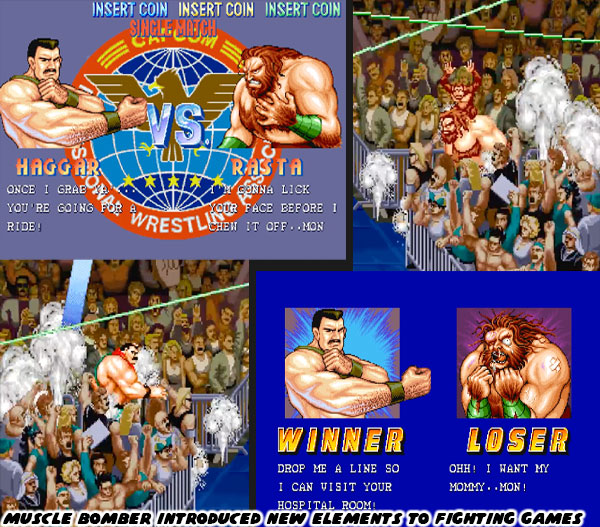
I would argue that working on Muscle Bomber, and its successors Muscle Bomber Duo, and Super Muscle bomber really affected the approach that the Capcom art team had with stages, animation, game play, and especially character designs. They saw firsthand that the more a character was stylized the stronger the reaction was from audiences. Aesthetics had a lot to do with how players responded to the game. If a design was bold, and unlike the work from rival companies, then it would help the game stand apart from the competition. The hyper muscular wrestlers in Muscle Bomber demonstrated that. The question was how would that lesson be applied to Street Fighter? We would get our answer as
BENGUS became the lead on SF Zero which was being developed during the tail end of working on Super Muscle Bomber. Nobody had seen work as brilliant as his. This was doubly true when
Vampire / Darkstalkers was released. The exaggerated proportions that BENGUS used in SF Zero would not only influence contemporary studios, but also the animation, and comic book industry for years to come.
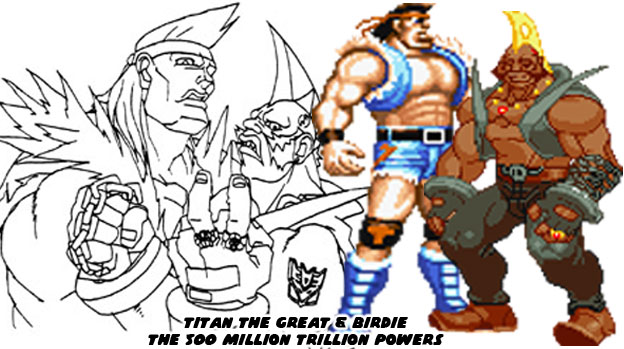
The publisher also wanted to make sure that audiences understood the relationship between Street Fighter, Final Fight, and now Muscle Bomber. Every game was taking place in a shared universe. It wasn’t enough that Mike Haggar had appeared in all three games. The company wanted to make sure that stages reflected locations visited in the various games. Places like Metro City, Brazil, Hong Kong, India, and Thailand were all revisited in Zero, and its sequels. Even in rare character art it was revealed that there was specific overlap between games. For example Birdie was a British punk from the original SF. Titan the Great had actually partnered with him for tag team matches in the EWF. The duo were known as the 500 Million Trillion Powers.

A more direct connection was made during Street Fighter III: Giant Attack. The wrestler Hugo was scouring the world looking for a tag team partner. His manager Poison accompanied him at each stop. At the end of the game he finally settled on a match. The game actually gave us four possible endings depending on who the last person was that he fought. Ryu, Necro, Gill, and Elena were all possible tag members, each with a unique tag name. The ending even mentioned that they were in the CWA Tag Tournament, against one of two teams. The US, and Russian team of Aleksey Zalazof and Lucky Colt, or the team of Mike Haggar and Black Widow. B. Widow was the only female Muscle Bomber character designed by Tetsuo Hara. She would appear in Super Muscle Bomber. This inter-gender team was used if Elena was Hugo’s partner. But I digress…
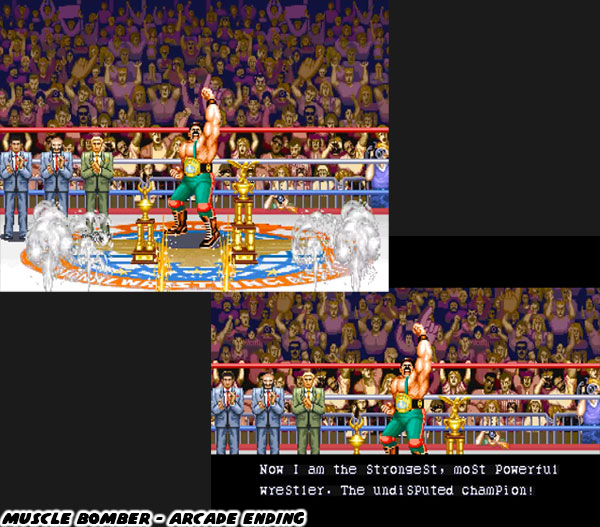
The original Crash Carnival event was designed to crown the new CWA Champion. In the ending of Muscle Bomber your character was given the belt, and also
a few tournament trophies reminiscent of actual championships. In any other game that would have been the end of it. Some wrestling games would usually have you defend your title against all of the other characters one more time before the actual ending. This title was a little different. Mr. Hara, and Capcom were keenly aware that a good storyline is what kept pro wrestling fans coming back. Just as your character was celebrating a new rival popped up. Victor Ortega, the former CWA champion had returned from the shadows. He was wearing a decorated cape, and standing ringside. He said that in order to claim the title you had to defeat him.
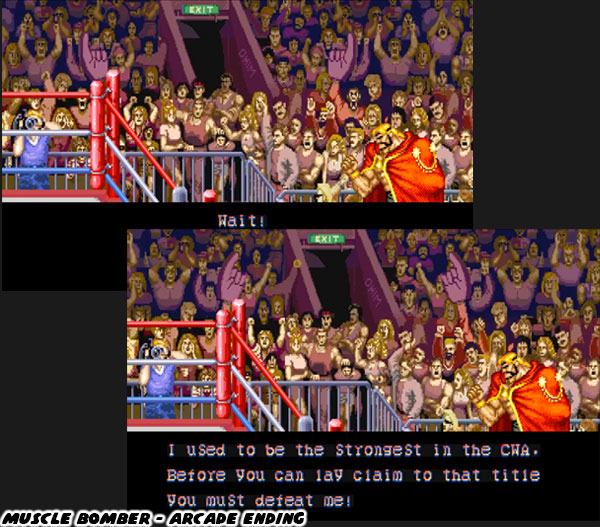
Microphone drop moments like this were expected in every major wrestling promotion. Fans would tune in every week for years on end just to see how the story for their favorite wresters shaped up. For the case of Ortega his return was an unexpected surprise. He also had a valid point. He was never defeated in the ring, he simply disappeared after all the worthy opponents had dried up. The organization assumed that he had abdicated the belt. Technically he was still the true CWA champion. This was when Capcom revealed that the first Crash Carnival was just to determine the qualifiers for the CWA championship. They traveled the world finding the best from the various promotions. Now with Ortega in the mix the battle for the actual CWA title would be decided in the next tournament. We would find out who the true king of the ring was in the events of the arcade sequel called Super Muscle Bomber.

We will explore this title, and the legacy that Capcom left in the next blog. Did you ever play this game? Were you a fan of the series, or pro wrestling? I’d like to hear about it in the comments section. As always if you would like to sponsor me
please visit my Patreon page and consider donating each month, even as little as $1 would help make better blogs and even podcasts!
